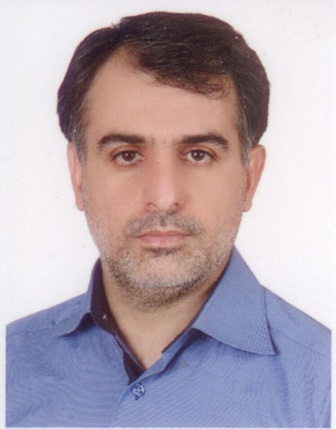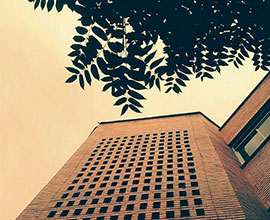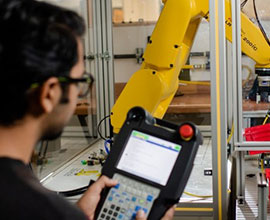
عنوان سخنراني: Prediction of corrosion in FSW AA5083/AA70232 aluminum alloys joint by quantitative analysis of AFM-SKPFM images
سخنران: دكتر علي داودي، دانشيار گروه مهندسي مواد دانشكده مهندسي
زمان برگزاري: سه شنبه 2 آبانماه
چكيده:
A common way to evaluate the topography and other functional signals (such as Volta potential, magnetic domain) obtained as image by the SPM-based results such as AFM and SKPFM is taking the advantage of line profiles through the data maps. However, in this presentation, it will be shown for the first time that histogram-based data analysis and power spectral density analysis provides more information about the impact of the properties of surface constitutive phases based on desired signal distribution. The de-convolution of data histograms into multimodal Gaussian distributions was performed and the approach has been employed recently to quantitatively analyze the AFM and SKPFM results. Three parameters were acquired from de-convoluted histograms comprising the number of multimodal distribution peaks, the mean value and the standard deviation value. Each parameters were correlated to the various properties of surface constituents of the system as an indication of their chemical composition changes, their heterogeneity in size and micro-galvanic driving forces for corrosion initiation. Examples of data analysis and interpretation will be demonstrated on candidate corrosion systems as the interfacial region in in dissimilar friction stir welded AA5083 to AA7023. The results indicates that quantitative multimodal-Gaussian histogram analysis of AFM-SKPFM microscopy images can be used as tools for prediction of corrosion initiation sites in dissimilar FSW AA5083/AA70232 joint. While the AA5083 surface shows lower Volta potential value, it gives less heterogeneity in compare with AA70232 which shows higher Volta potential value but more heterogeneity. Therefore, micro-galvanic corrosion occurs around intermetallics on AA70232 and also on FSW borderline. PSD analyses of SKPFM images showed that lowest Volta potential in highest spatial frequency is related to AA5083 and also, highest Volta potential in lowest spatial frequency corresponded to intermetallic particles mainly on AA7023 matrix. Immersion test showed that intermetallic particles in two matrixes and especially FSW interface were susceptible to corrosion attack due to a high driving force between these surface constituents. It is finally shown that there is a good agreement among the above-mentioned results and SEM/optical imagers of the sample immersed in corrosive saline media.





